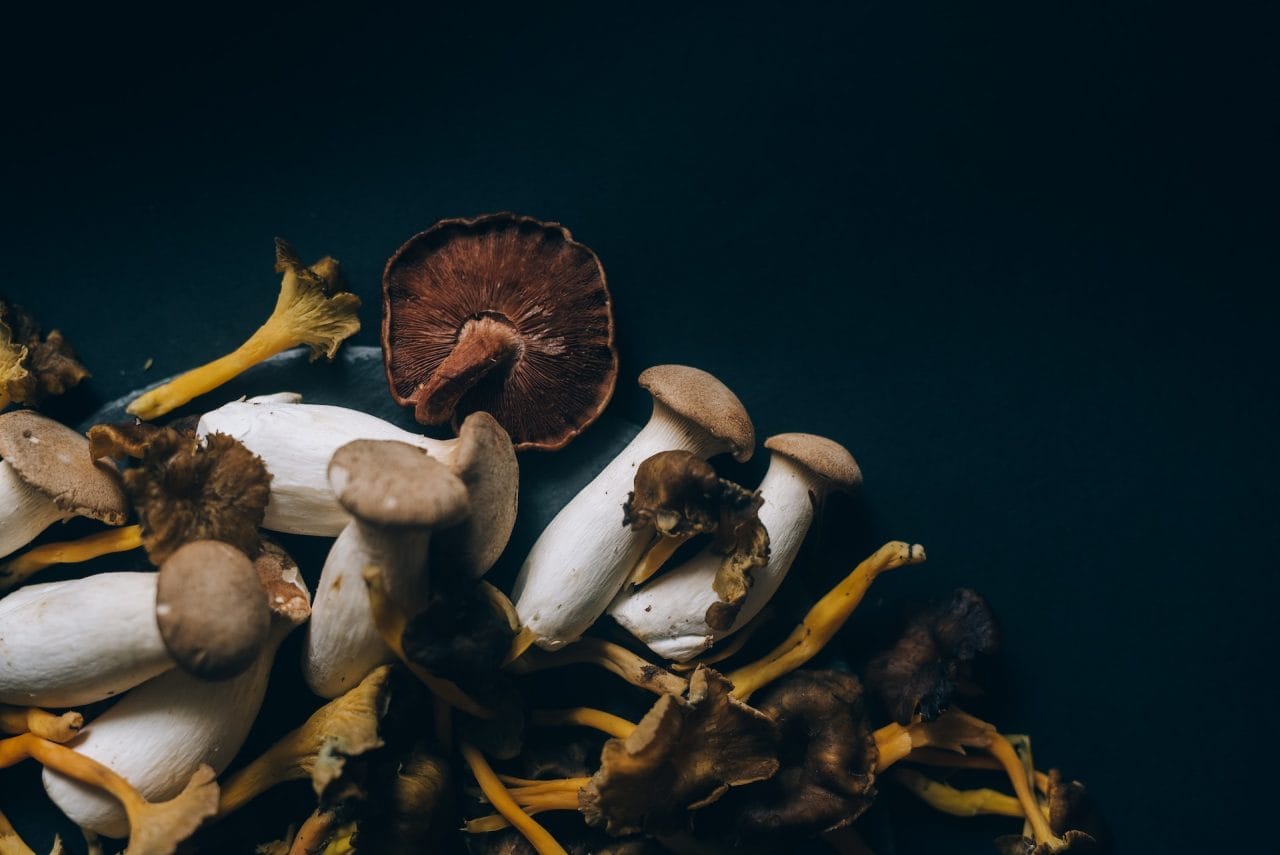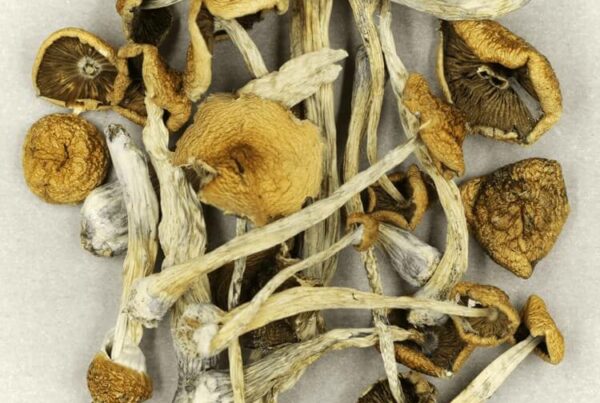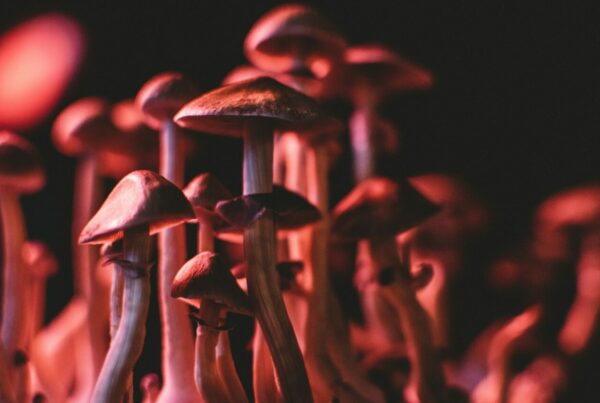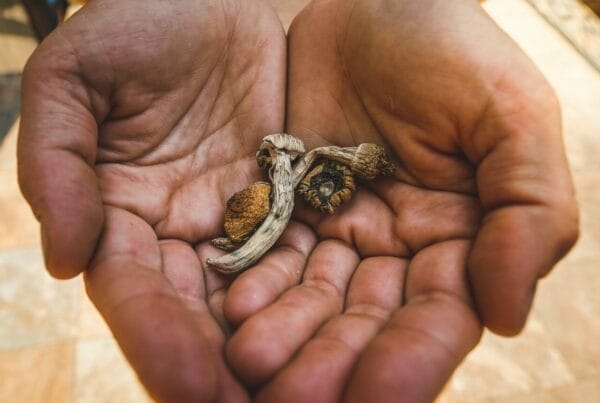According to Jungian theories, an individual’s dreams are symbolic representations of their personal psyche and collective unconscious. These dream symbols can provide profound insights into their life journey. Hence, it is of great significance to interpret these symbols upon waking, particularly in relation to the effects of psilocybin.
Numerous studies have found that psilocybin, a key ingredient in dried shrooms, instigates a conscious dream-like state. If you have ever wondered why you sometimes go through a dream-like phase even when fully awake, this article offers explanations that could demystify your unique experiences.
Key Points:
- Magic mushrooms, containing psilocybin and psilocin, create a dream-like state during a psychedelic journey.
- The brain activity patterns during the waking dream state resemble those during normal sleep dreaming.
- The dream-like state can intensify emotions and memory, offering possible benefits in treating mood disorders.
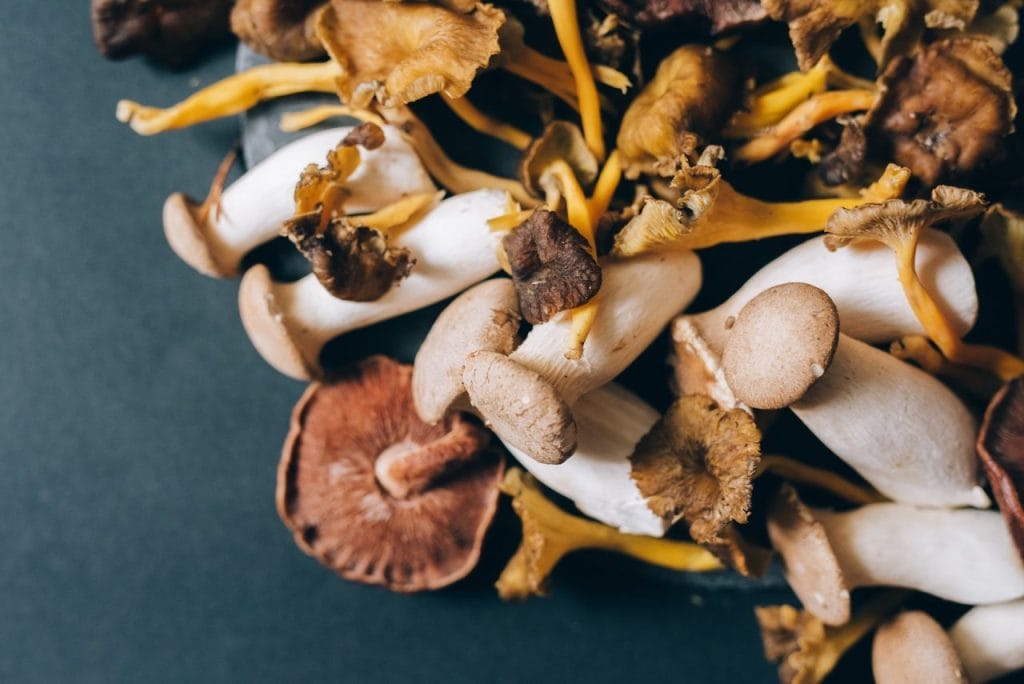
Decoding Magic Mushrooms
Magic mushrooms are known for their unique compounds, such as psilocybin and psilocin, which are praised for their diverse effects and benefits. When these compounds are ingested, they interact with specific brain regions to induce a dream-like state while the individual is completely conscious.
Psilocybin
Contrary to widespread perception, psilocybin, the substance taken during a psychedelic journey, doesn’t directly trigger the psychoactive effects. This role is actually played by psilocin. Psilocybin is a prodrug, which means it transforms into an active compound – psilocin – upon ingestion.
Due to its greater stability, psilocybin is the compound primarily used in scientific research. For the purpose of this article, we’ll refer to “psilocybin” throughout, as it is the term most frequently used by researchers.
Psilocin
Psilocin is formed through dephosphorylation, a process that involves the removal of a phosphate group. This essentially means that psilocin becomes active after the body metabolizes it.
Psilocin, once activated from psilocybin, functions as an agonist or partial agonist for serotonin receptors such as 5-HT2A, 5-HT2C, and 5-HT2A.
Dried Mushrooms Generate a Dreamlike State in Waking Hours
An awake dream is an experience where an individual experiences dream-like occurrences while completely awake, causing a blending of the lines between reality and the dream landscape.
A recent article in the Human Brain Mapping journal explores the neurological impacts of psilocybin. The study found an increase in activity in the primitive brain network associated with emotional thought. Various areas within this network, including the hippocampus and anterior cingulate cortex, exhibited concurrent activation. This kind of brain activity mirrors what scientists typically see during the dream phase.
Dr. Robin Carhart-Harris has expressed his intrigue towards the similar brain activity patterns seen during a psychedelic experience and dream sleep. His curiosity stems from the common involvement of primitive brain regions linked to emotions and memory in both states. Many individuals equate the effects of psilocybin to a dream-like state, and this study’s results offer tangible evidence of this happening in the brain.
The Positive Effects of Psilocybin’s Dream-like State on Users
Understanding psilocybin’s underlying workings can improve our grasp of its potential uses. Psychedelics, once used for therapeutic purposes in the 1950s and 1960s, are now being extensively researched to gain a deeper understanding of their neurological impacts and potential benefits.
The finding that psilocybin amplifies activity in brain areas tied to emotion and memory strengthens its potential as a promising treatment for mood disorders. This discovery presents an opportunity to reshape and understand the negative thinking patterns frequently tied to depression.
Choosing Dried Mushroom Strains for a Psychedelic Dream Experience
All magic mushroom varieties contain psilocybin, allowing you to choose any strain. The main distinction is the potency or strength of each strain. In the following section, we will present various Psilocybe cubensis strains, each with different potency levels, for you to choose the one that fits your preferences.
Concluding Remarks
Those who seek altered states now recognize the potent capacity of psilocybin to broaden consciousness. As we begin to comprehend the intricacies of the human mind—a territory mystics have ventured into for centuries—we unpick the enigma of our dreamscapes and the gateway psilocybin opens while conscious.
Mushroom Canada provides a wide variety of superior dried magic mushrooms, each with distinct intensities and effects. Explore our online store to discover the strain that aligns with your desired potency. Our collection also encompasses a range of other products, such as edibles, drinks, DMT vapes, and LSDs.
Frequently Asked Questions
What is the recommended dosage of dried magic mushrooms for a dream-like journey?
The intensity of a dream-like voyage can vary depending on the consumed dosage. For beginners, we advise starting with a smaller dose before progressing to more potent, unforgettable trips. This guide offers a breakdown of dosage amounts and the potential effects you might experience.
- 0.5-1.5 grams: While overt visual hallucinations might not happen, anticipate enhanced feelings of joy and increased sensory perception.
- 1.5-3 grams: This dosage typically results in powerful psychedelic effects that may include visual distortions, synesthesia, and intense joy.
- 3-5 grams: This dosage can induce a comprehensive psychedelic experience, typified by cognitive and perceptual alterations. Maintaining a conversation or accurately perceiving your environment may become challenging.
- 5 grams and above: At this dosage, users may experience substantial shifts in their perception of reality, and may feel a deep connection with their environment and the wider universe.
How can you prevent a negative shroom experience?
To avoid an unpleasant trip, ensure to create the ideal conditions from the outset. Aim for a positive and peaceful mind frame, rather than feeling uncertain about the psychedelic journey.
Ensure that your environment is both comforting and familiar. Consume a shroom dosage that aligns with your body’s tolerance level. Refrain from alcohol, as it can induce anxiety or even aggressive behavior.
What is the optimal method of shroom consumption for a superior psychedelic experience?
- Eat Directly: The most prevalent method of magic mushroom consumption is to eat them directly. If you choose this method, make sure to chew the mushrooms thoroughly to release the juices containing the psychoactive compounds.
- Lemon Tek Method: The Lemon Tek method is favored by seasoned users due to its quick onset and heightened trip intensity. The lemon serves as a catalyst.
- Magic Mushroom Tea: If you prefer to mask the mushroom’s taste, consider making a tea. It’s simple to prepare magic mushroom tea. Boil water, allow it to simmer, steep the tea bag for 10 to 20 minutes, and your brew is ready.
- Incorporating into Edibles: Mixing magic mushrooms into your food can not only provide a unique dining experience but also improve the flavor and minimize potential nausea.
What does a magic mushroom taste like?
Though eating magic mushrooms directly is the most common method, some people might find their taste and texture disagreeable. The flavor can be repulsive for some due to its bitterness, while others might detect a hint of
Although not sweet, magic mushrooms are well-known for their unique earthy taste. Their texture is chewy, spongy, and fibrous, providing a different culinary experience compared to the gourmet mushrooms used for enhancing the flavor of soups and vegetable burgers.
Why are magic mushrooms beneficial?
- Tackling Mental Health Problems: Magic mushrooms have shown efficacy in alleviating depression symptoms. A promising 2017 study from Imperial College London indicated that psilocybin, a compound found in these mushrooms, could potentially reset essential brain circuits linked with depression.
- Aiding in Addiction Treatment: A recent study conducted by Matthew Johnson, PhD, showed that psilocybin mushrooms could significantly help in quitting smoking. Furthermore, Johnson proposed that psilocybin might also serve as a potential remedy for other substance abuse disorders.
- Enhancing Brain Function: Microdosing with psilocybin mushrooms can notably contribute to brain repair and cell growth. This process improves brain function and encourages the development of new brain cells.
- Stimulating Creativity: A study by the Imperial College of London suggested that psilocybin mushrooms could foster openness, cognitive flexibility, and innovative thinking. Such experiences often increase a sense of connectivity, vitality, and original thought.
- Escalating “Openness” and Triggering Positive Personality Shifts: Consumption of magic mushrooms frequently leads to an increase in “openness”, which refers to a person’s readiness to welcome new experiences and is linked with creativity, imagination, and appreciation of aesthetics.

